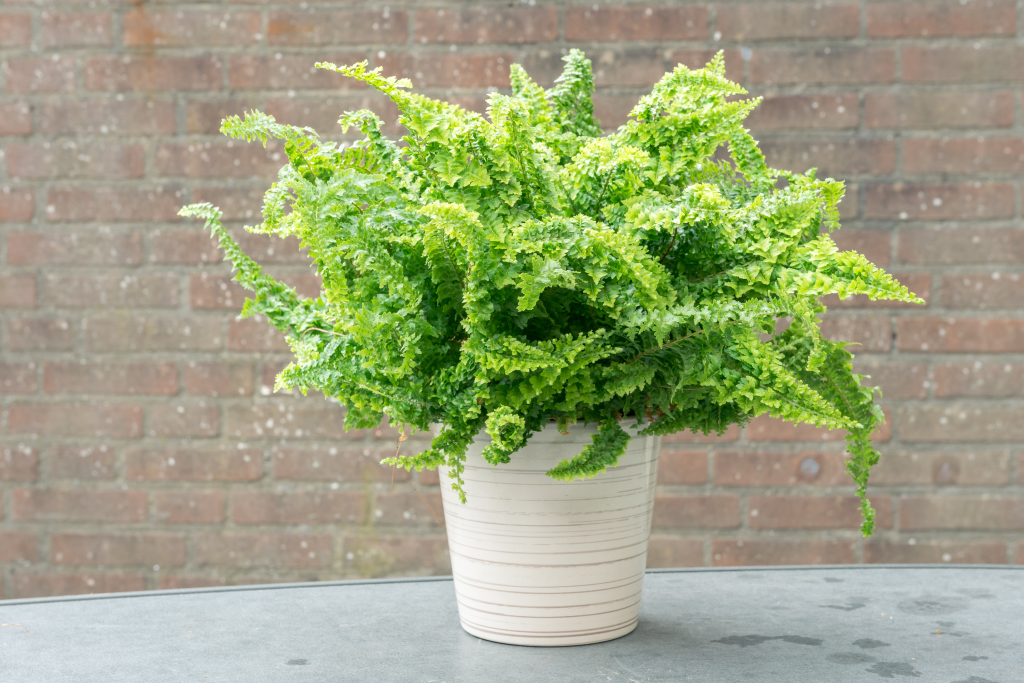
Ferns have been around for millions of years, adding a touch of prehistoric beauty to our gardens and homes. With their feathery fronds and lush greenery, ferns can transform any space into a verdant oasis. But did you know that there are thousands of fern varieties to choose from? Each has its unique characteristics and growing requirements. Let’s explore some of the most popular fern varieties that you can incorporate into your garden or indoor
1. Boston Fern (Nephrolepis exaltata)
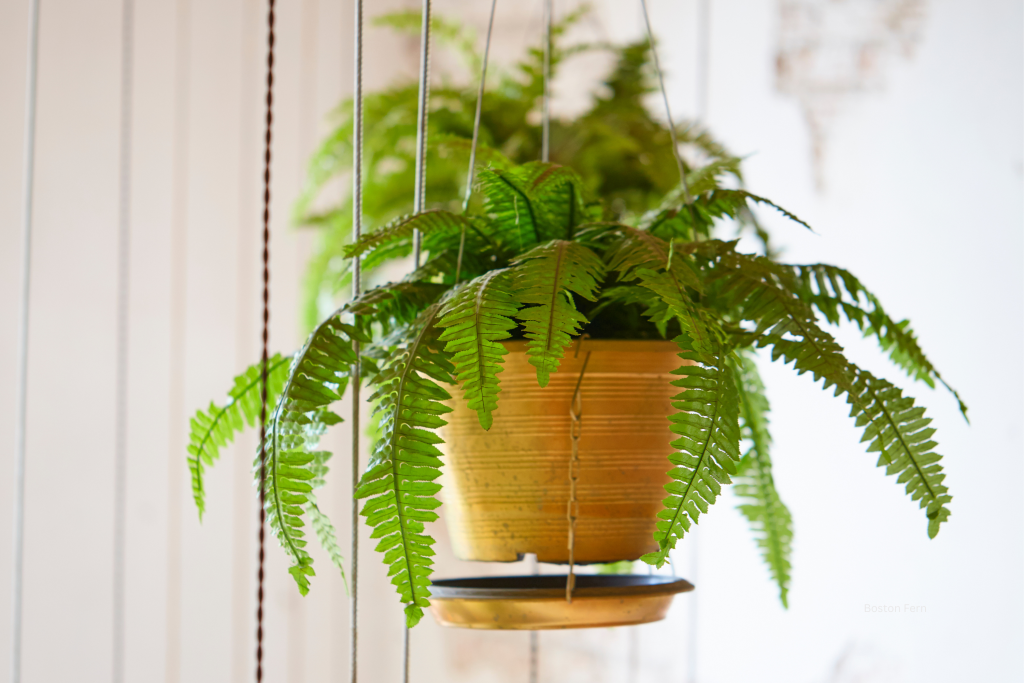
The Boston Fern is one of the most well-known and widely grown ferns. Its arching fronds and dense foliage make it a popular choice for hanging baskets and pots.
- Light Requirements: Prefers bright, indirect light but can tolerate low light conditions.
- Watering: Keep the soil consistently moist but not waterlogged.
- Special Care: High humidity is essential; mist the leaves regularly.
2. Maidenhair Fern (Adiantum)
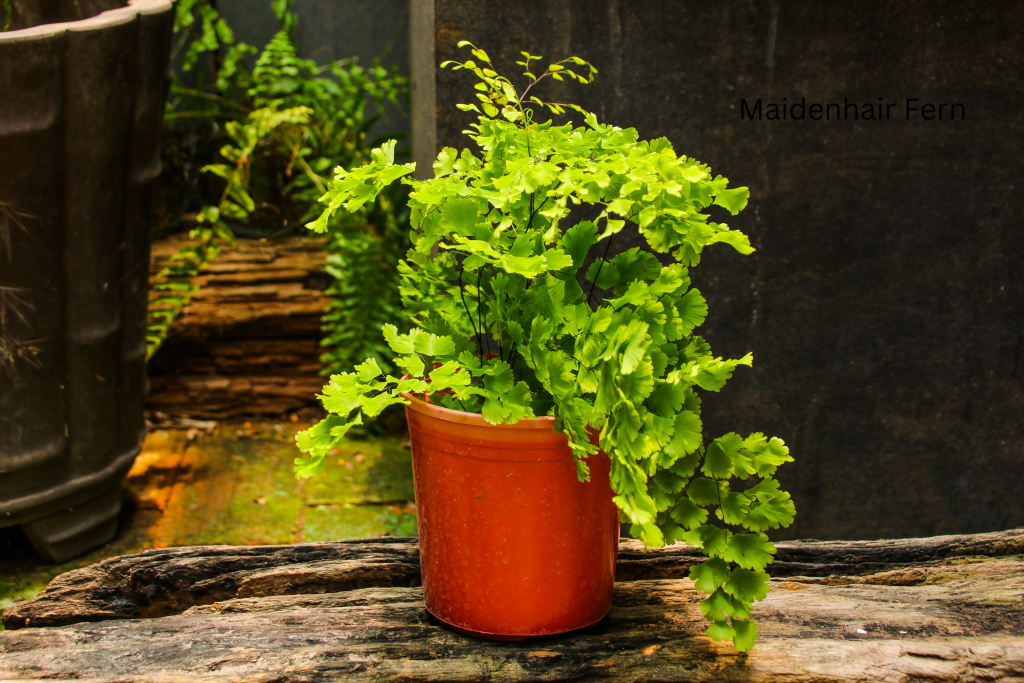
With its delicate, lacy fronds and wiry stems, the Maidenhair Fern adds a touch of elegance to any setting. It’s often grown indoors due to its specific care needs.
- Light Requirements: Thrives in indirect light or shaded areas.
- Watering: Requires consistently moist soil.
- Special Care: Needs high humidity; ideal for bathrooms or terrariums.
3. Staghorn Fern (Platycerium)
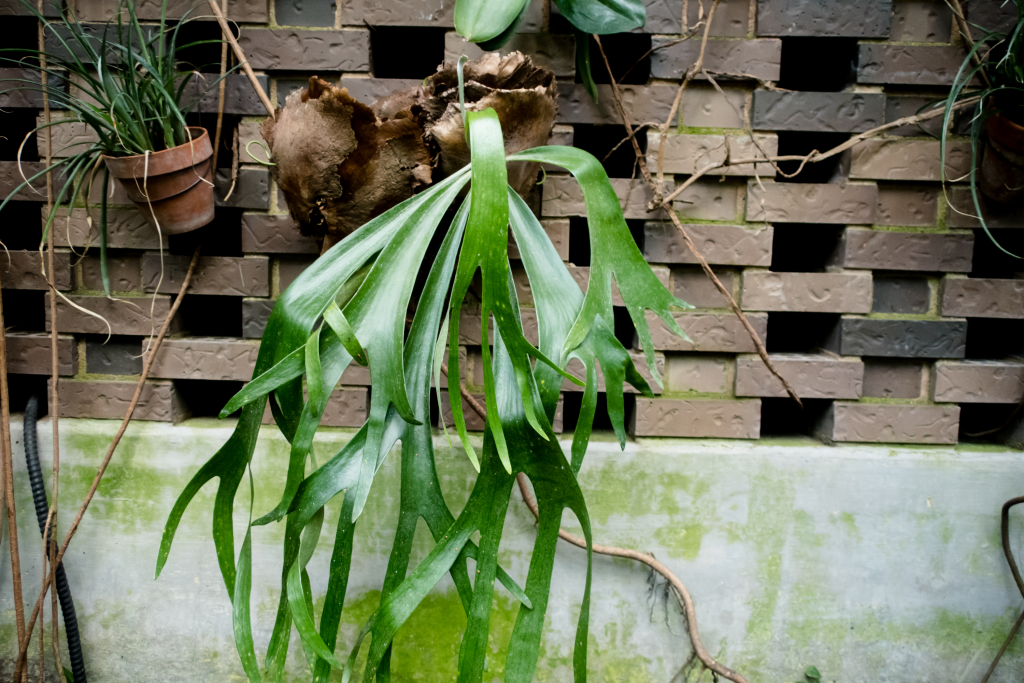
Known for its unique, antler-like fronds, the Staghorn Fern is often mounted on boards or grown in hanging baskets, making it a striking decorative plant.
- Light Requirements: Prefers bright, indirect light.
- Watering: Water the root ball regularly and mist the fronds.
- Special Care: Benefits from occasional feeding with a balanced fertilizer.
4. Japanese Painted Fern (Athyrium niponicum)
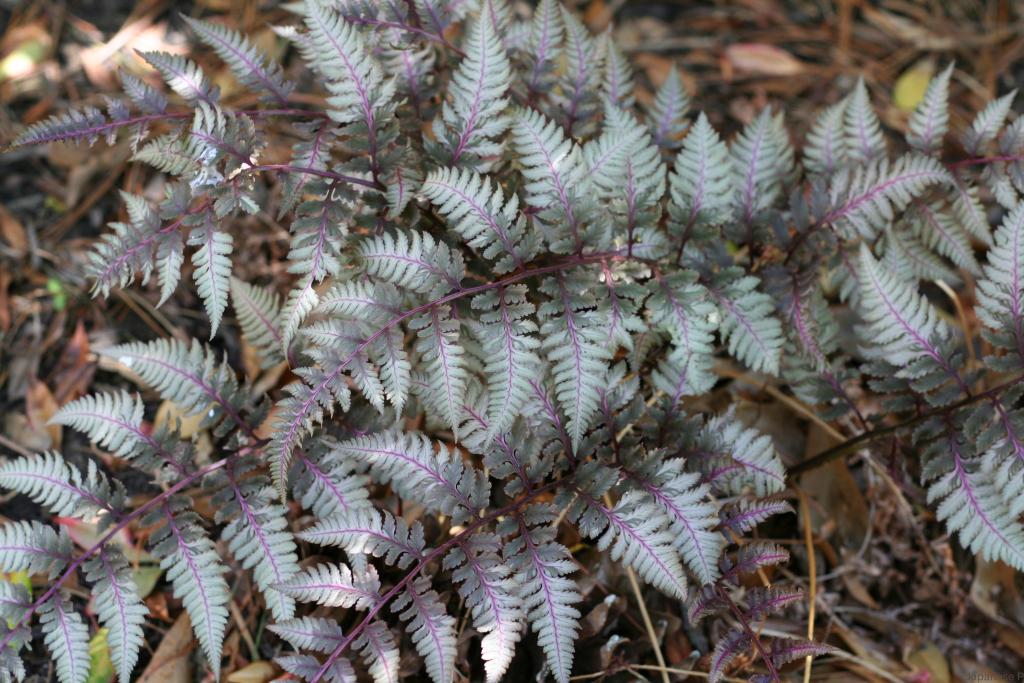
This fern is prized for its colorful fronds, which can display a mix of silver, burgundy, and green. It adds a splash of color to shaded garden areas.
- Light Requirements: Grows best in partial to full shade.
- Watering: Keep the soil evenly moist.
- Special Care: Mulch to retain moisture and protect from winter cold.
5. Ostrich Fern (Matteuccia struthiopteris)
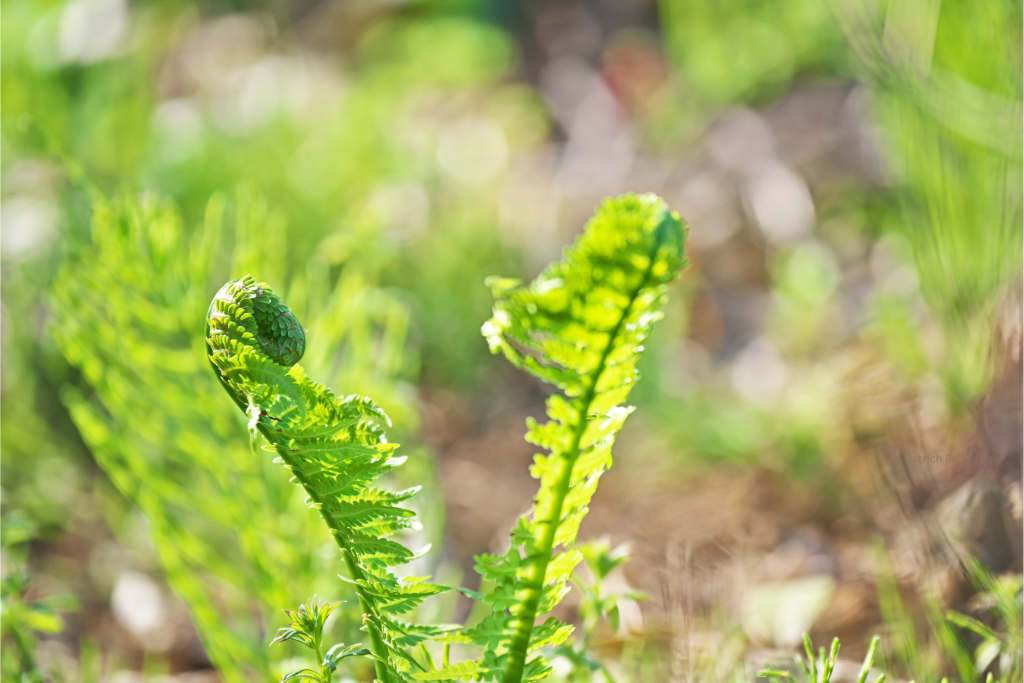
Named for its resemblance to ostrich feathers, the Ostrich Fern is a robust and hardy plant that can grow quite tall, making it ideal for outdoor landscaping.
- Light Requirements: Prefers partial to full shade.
- Watering: Likes consistently moist soil.
- Special Care: Suitable for cooler climates; can spread quickly in the right conditions.
6. Bird’s Nest Fern (Asplenium nidus)
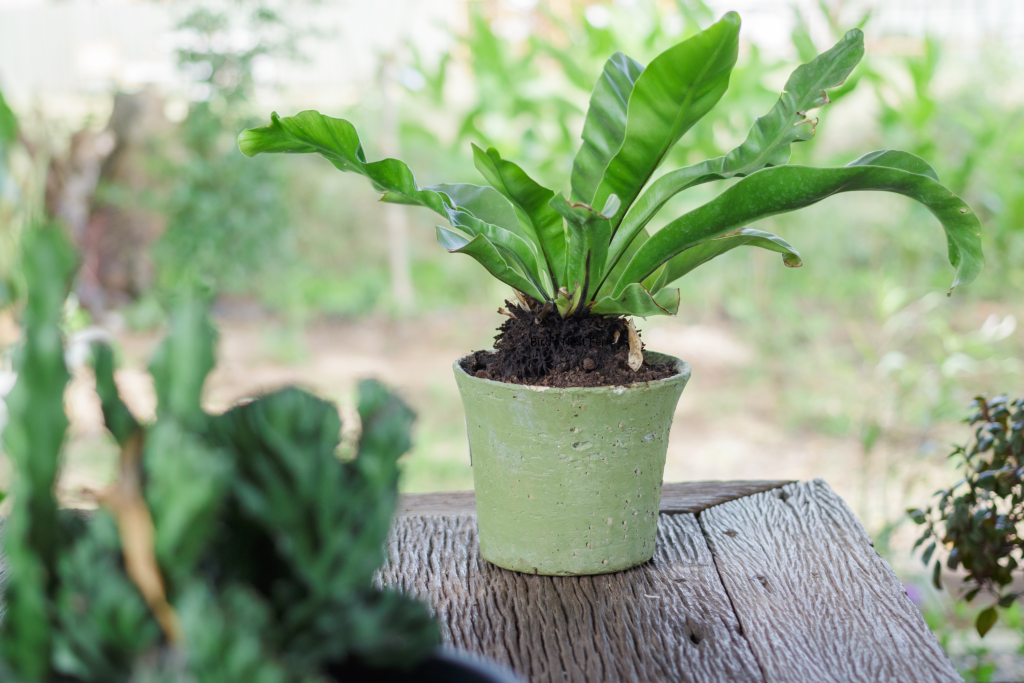
This fern features broad, wavy fronds that resemble a bird’s nest, hence its name. It’s a great choice for indoor growing.
- Light Requirements: Thrives in medium to low indirect light.
- Watering: Water when the top inch of soil is dry.
- Special Care: Avoid getting water in the center of the plant to prevent rot.
7. Lady Fern (Athyrium filix-femina)
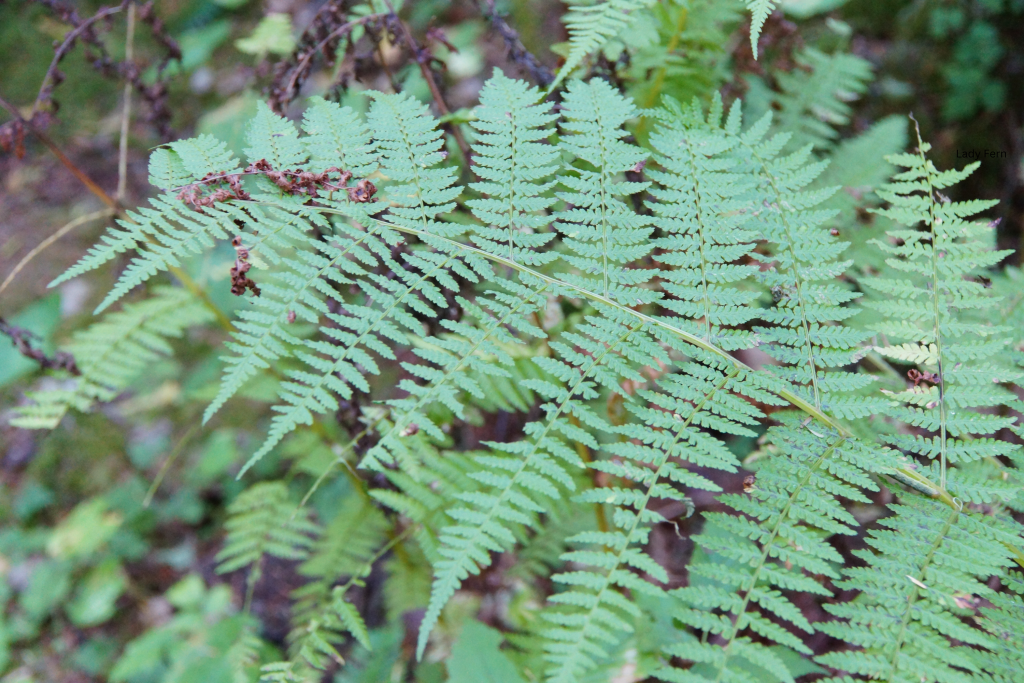
The Lady Fern is a versatile and graceful plant with finely divided fronds. It’s perfect for adding texture to shaded garden beds.
- Light Requirements: Grows well in partial shade.
- Watering: Keep the soil consistently moist.
- Special Care: Divide clumps every few years to maintain vigor.
8. Cinnamon Fern (Osmundastrum cinnamomeum)
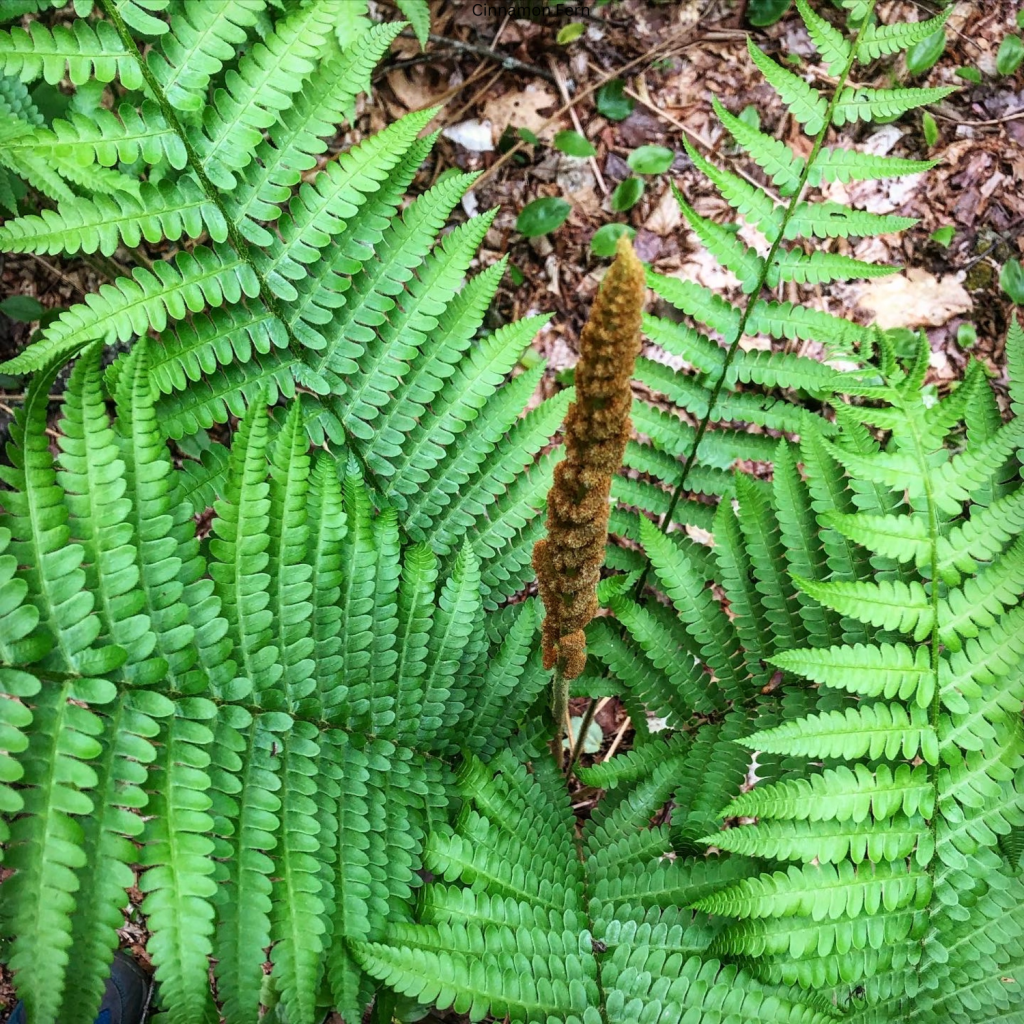
This fern is named for its cinnamon-colored fertile fronds that appear in early spring. It adds a unique vertical element to gardens.
- Light Requirements: Prefers partial shade to full sun.
- Watering: Needs consistently moist soil.
- Special Care: Can tolerate wet soils, making it ideal for planting near water features.
9. Sword Fern (Polystichum munitum)
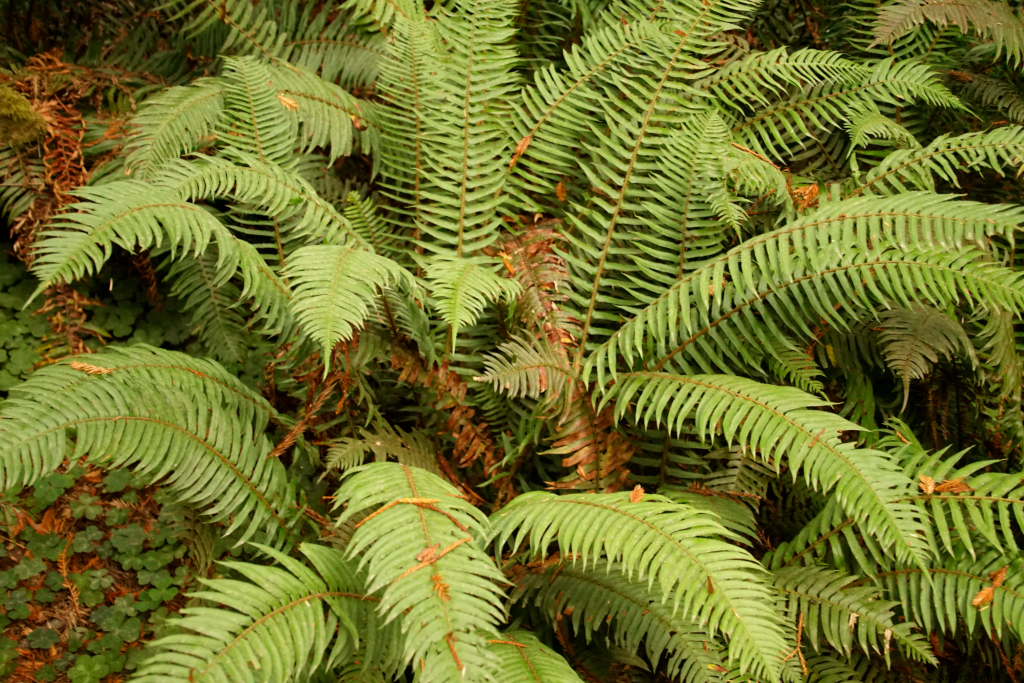
The Sword Fern is a hardy and versatile fern native to the Pacific Northwest. Its long, upright fronds create a dramatic statement in any landscape.
- Light Requirements: Prefers partial to full shade.
- Watering: Keep the soil consistently moist but not soggy.
- Special Care: Tolerates a range of soil types and is relatively low maintenance.
10. Australian Tree Fern (Cyathea cooperi)
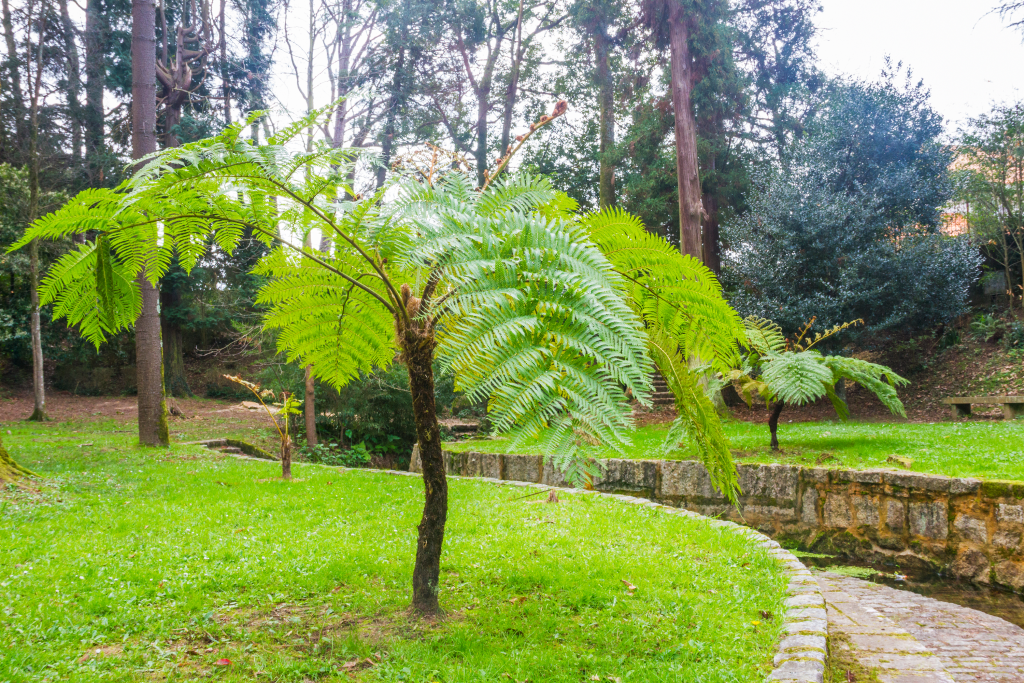
This majestic fern, also known as the Lacy Tree Fern, features a slender trunk topped with a crown of delicate, arching fronds, giving it a tropical appearance.
- Light Requirements: Thrives in filtered sunlight or partial shade.
- Watering: Requires regular watering to keep the soil moist.
- Special Care: Needs protection from frost; ideal for warm, humid climates.
11. Holly Fern (Cyrtomium falcatum)
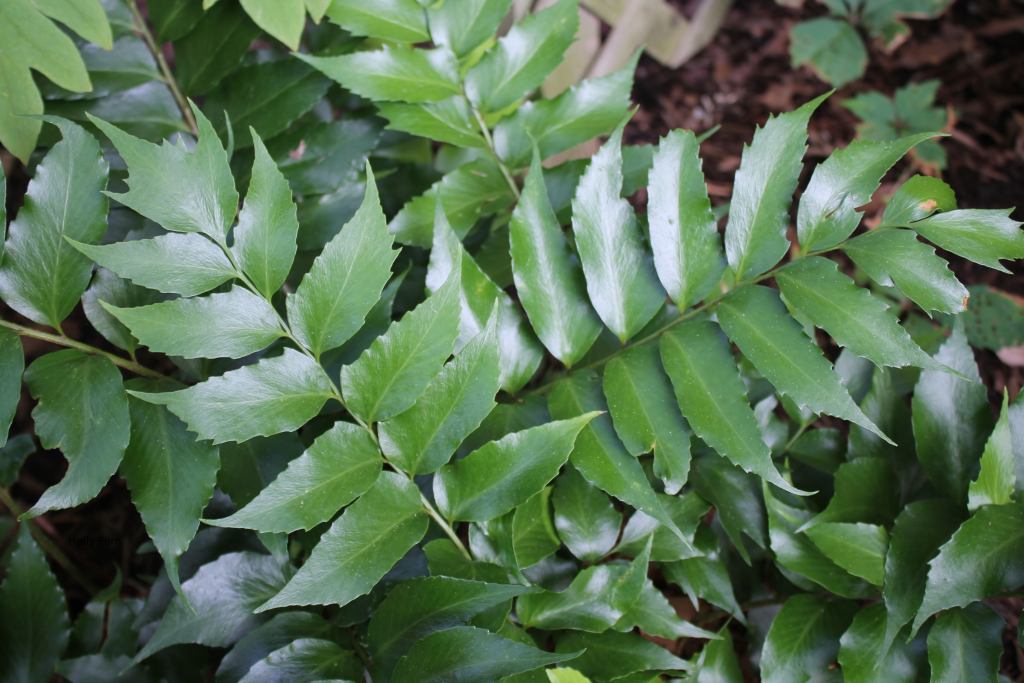
With its glossy, holly-like fronds, the Holly Fern adds a unique texture to shaded garden areas. It’s also an excellent choice for indoor gardening.
- Light Requirements: Prefers partial to full shade.
- Watering: Allow the soil to dry slightly between waterings.
- Special Care: Can tolerate drier conditions than most ferns.
12. Christmas Fern (Polystichum acrostichoides)
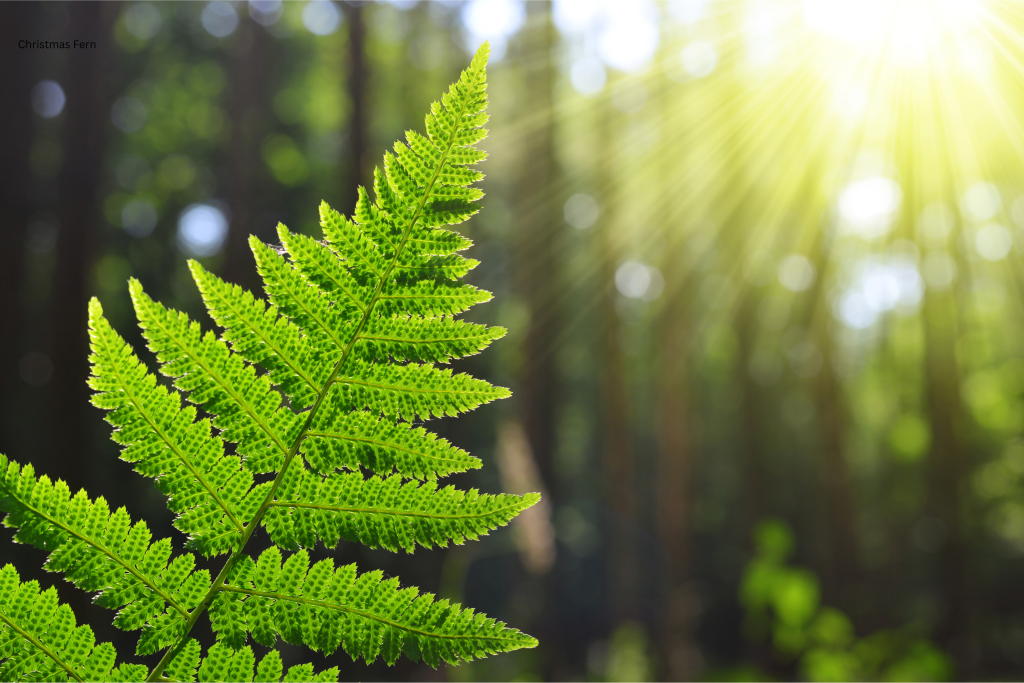
Named for its evergreen fronds that resemble Christmas decorations, the Christmas Fern is a robust and easy-to-grow variety suitable for gardens and landscapes.
- Light Requirements: Grows well in partial to full shade.
- Watering: Keep the soil evenly moist.
- Special Care: Provides year-round interest and requires minimal care.
13. Silver Brake Fern (Pteris ensiformis)
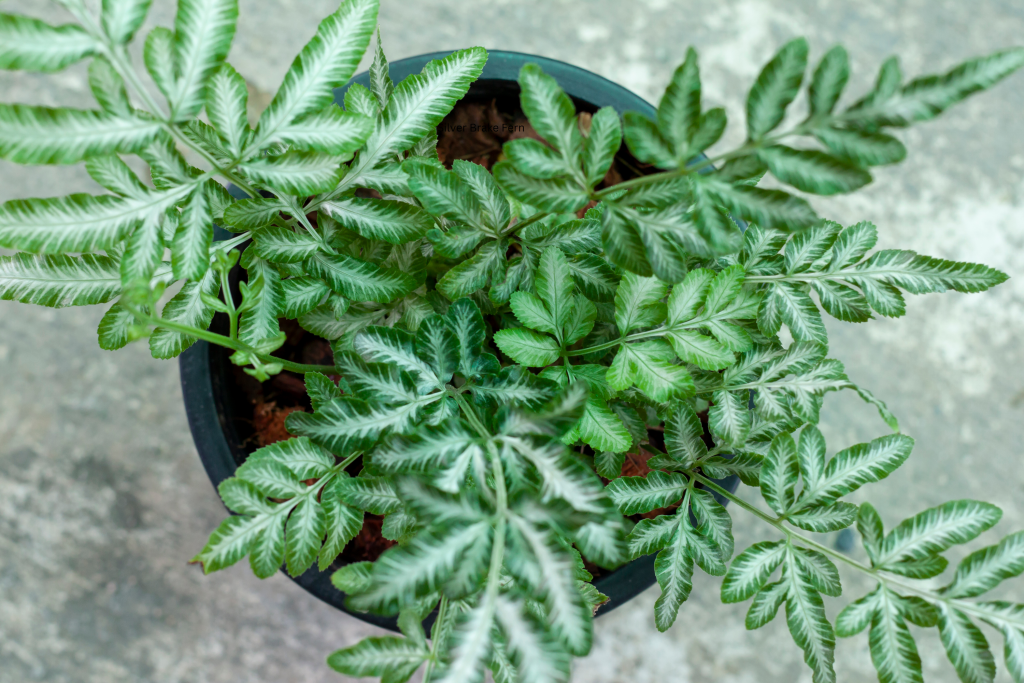
The Silver Brake Fern stands out with its striking variegated fronds, featuring white or silver stripes. It’s perfect for adding a touch of elegance to any space.
- Light Requirements: Thrives in bright, indirect light.
- Watering: Keep the soil consistently moist.
- Special Care: Prefers high humidity; mist regularly to maintain moisture levels.
14. Autumn Fern (Dryopteris erythrosora)
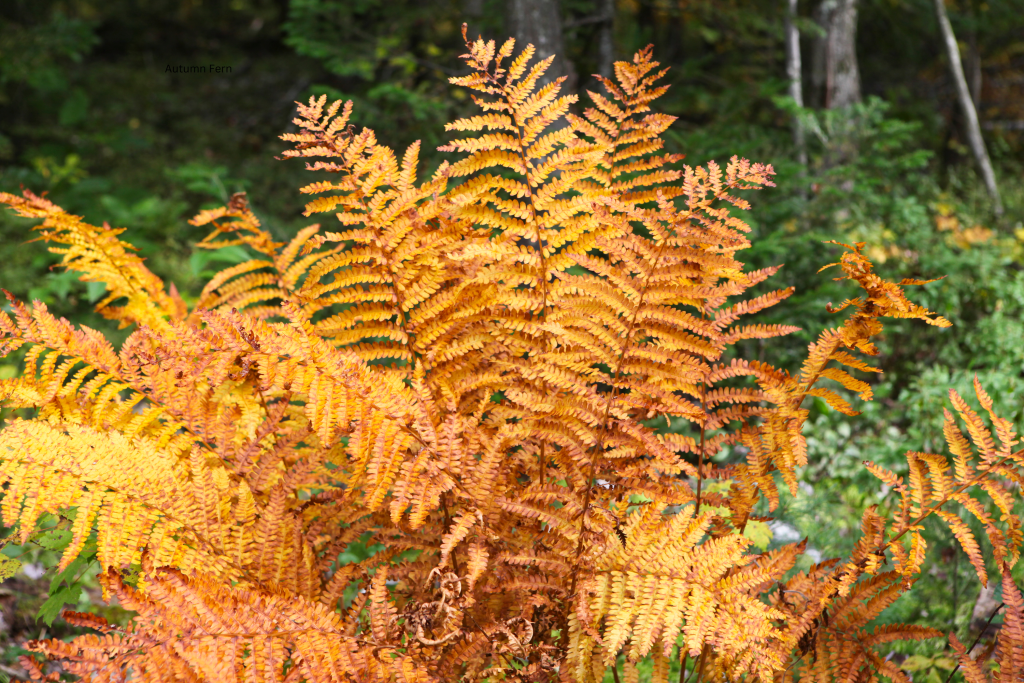
The Autumn Fern is known for its vibrant fronds that emerge coppery-red in spring and mature to a deep green. This color-changing fern adds seasonal interest to gardens.
- Light Requirements: Prefers partial shade.
- Watering: Keep the soil consistently moist but well-drained.
- Special Care: Tolerates a range of soil conditions and requires minimal maintenance.
15. Royal Fern (Osmunda regalis)
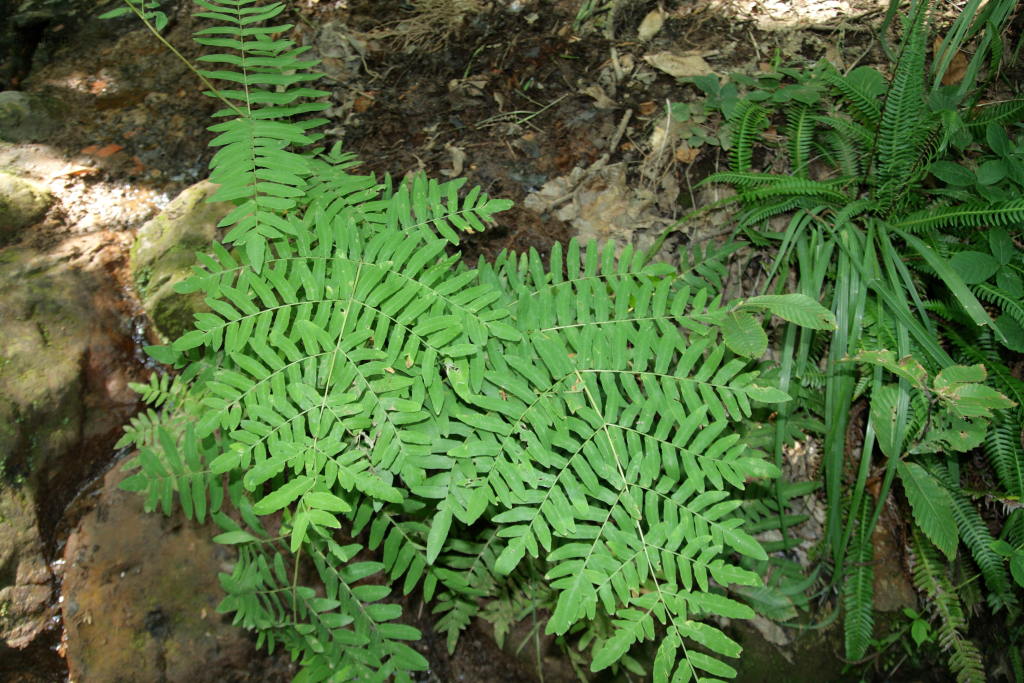
The Royal Fern is a large, graceful fern that thrives in moist, shaded areas. Its tall, bipinnate fronds give it a regal appearance.
- Light Requirements: Grows best in partial to full shade.
- Watering: Requires consistently moist soil; ideal for planting near water features.
- Special Care: Benefits from rich, organic soil and regular watering.
16. Kangaroo Fern (Microsorum diversifolium)
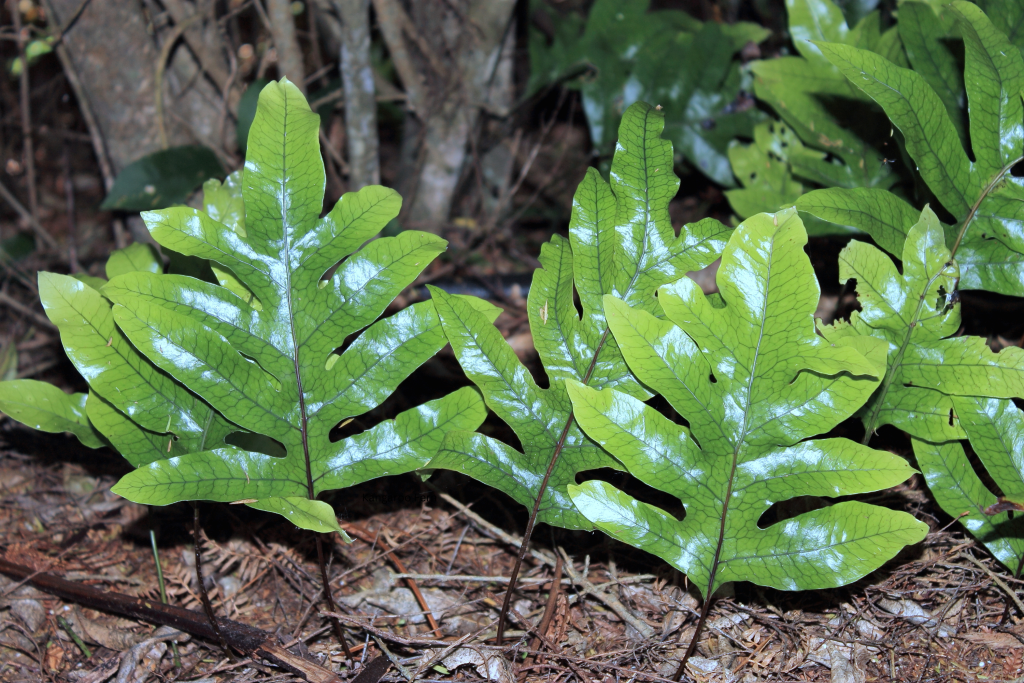
The Kangaroo Fern, with its unique, lobed fronds and creeping habit, makes an excellent ground cover or container plant. Its unusual form adds a touch of whimsy to gardens.
- Light Requirements: Thrives in bright, indirect light.
- Watering: Allow the soil to dry slightly between waterings.
- Special Care: Prefers well-draining soil and can tolerate occasional dryness.
Conclusion
Ferns offer a wide range of options for both indoor and outdoor gardening. From the classic Boston Fern to the striking Staghorn Fern, there’s a variety to suit every taste and environment. By understanding their specific light, water, and care requirements, you can enjoy the timeless beauty of ferns in your own space. Whether you’re a seasoned gardener or a plant enthusiast, exploring the diverse world of ferns is sure to be a rewarding experience.



